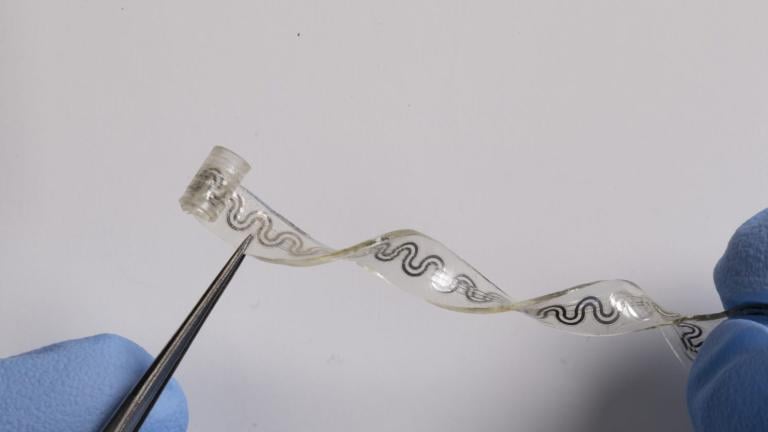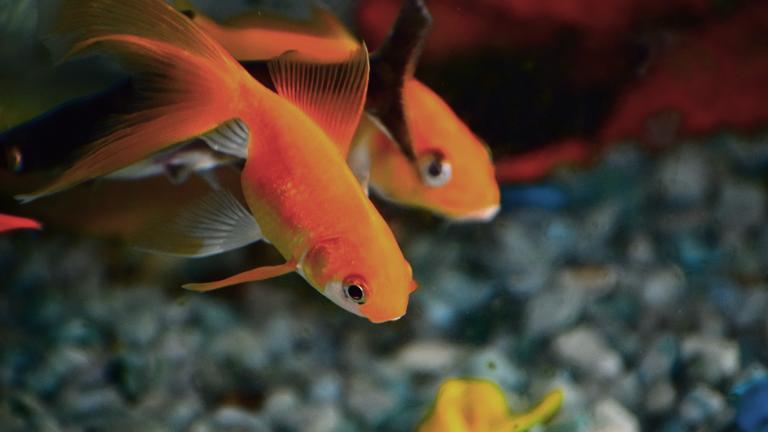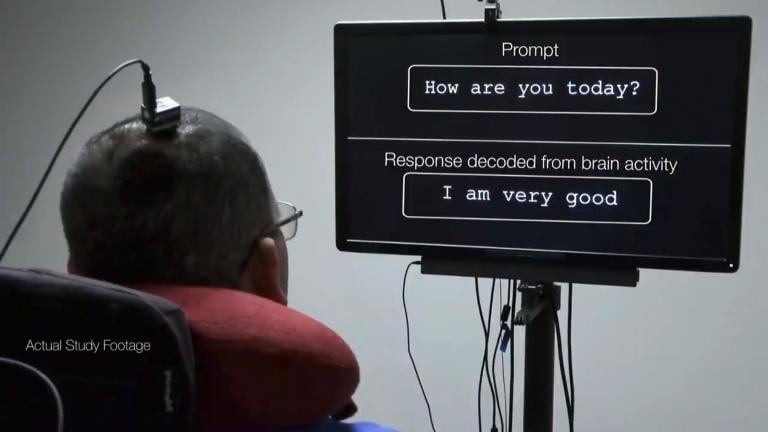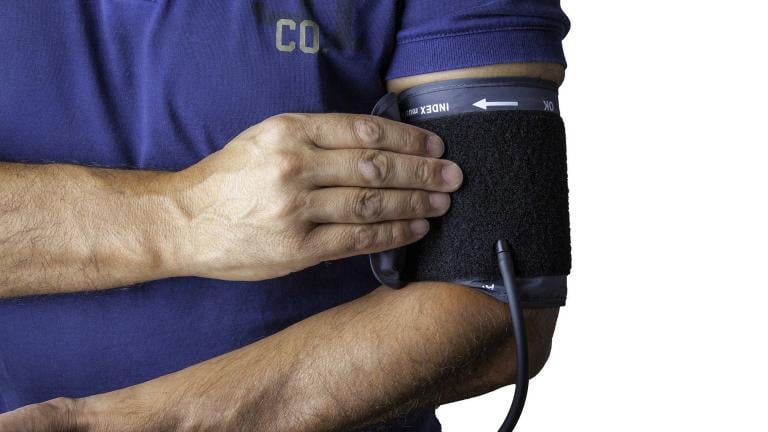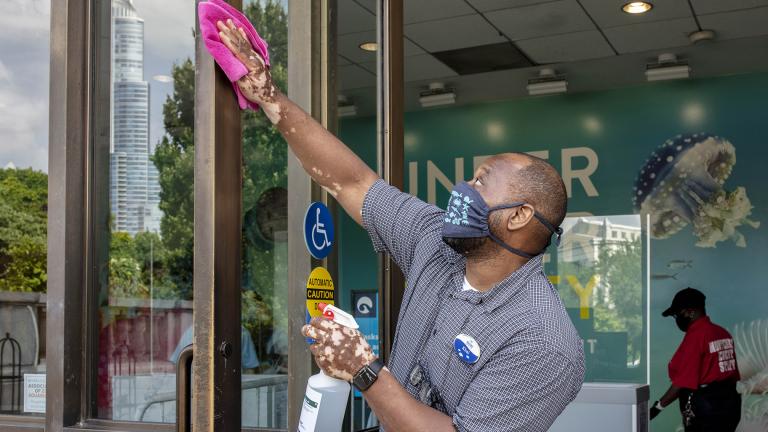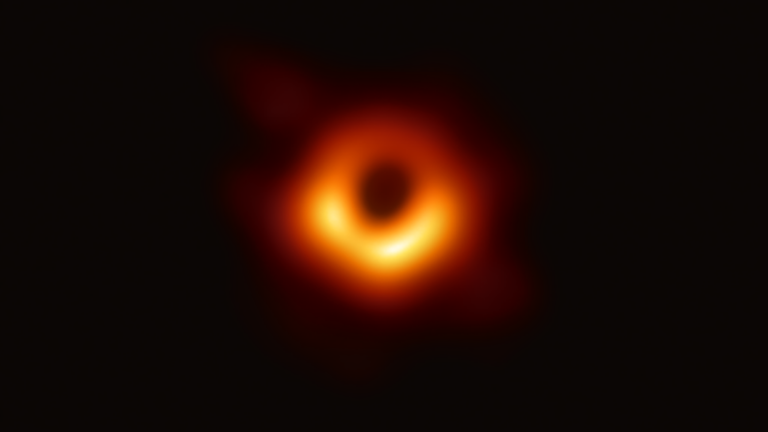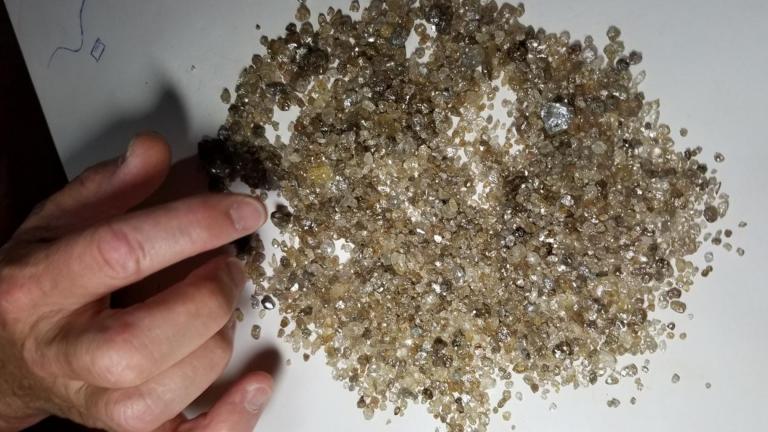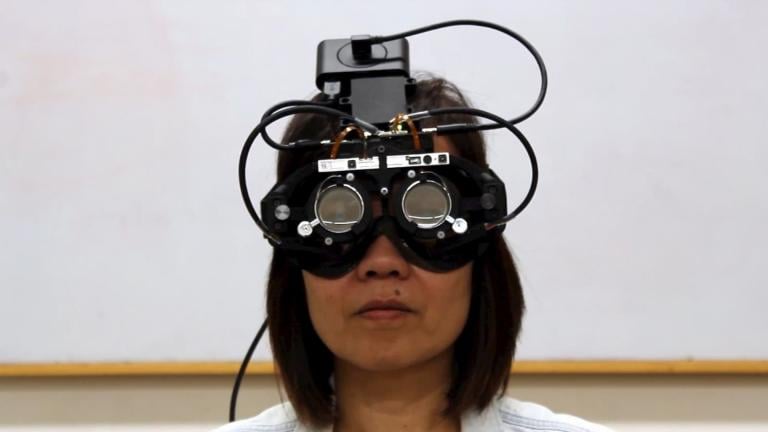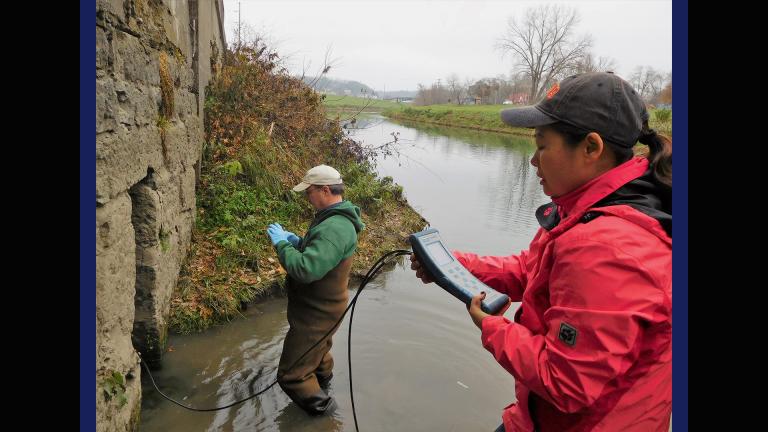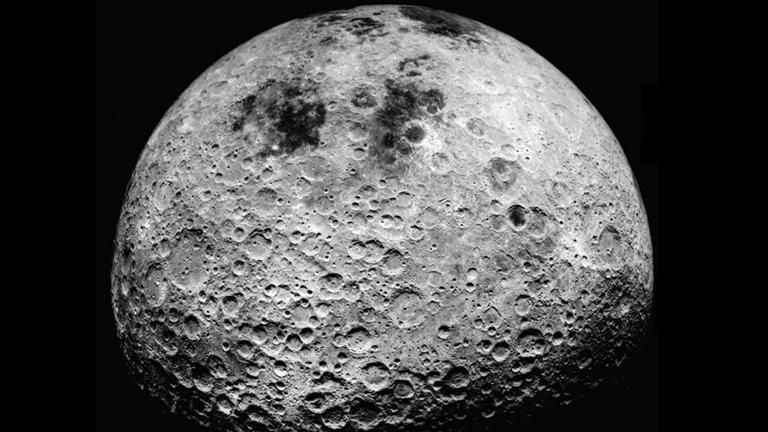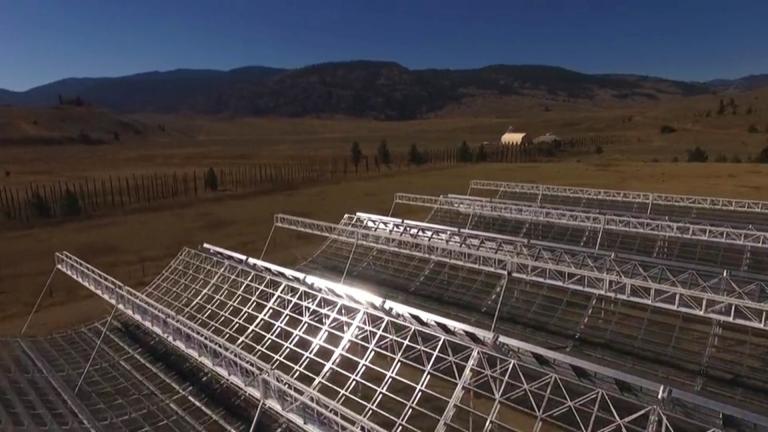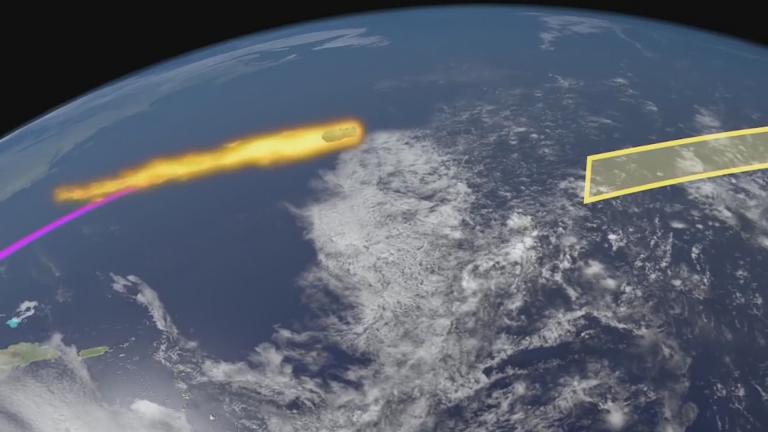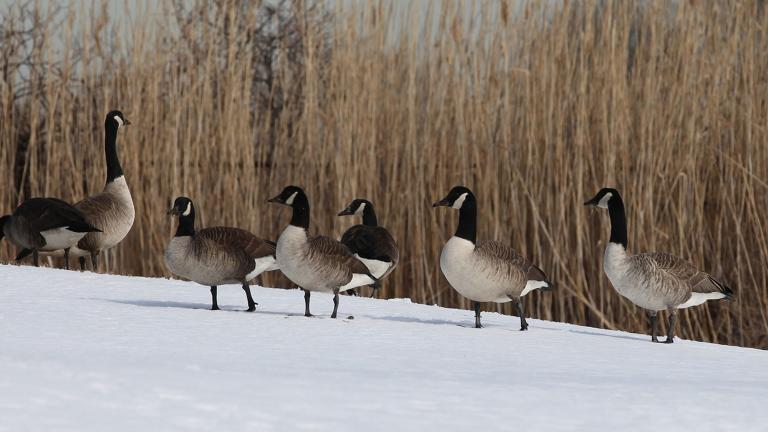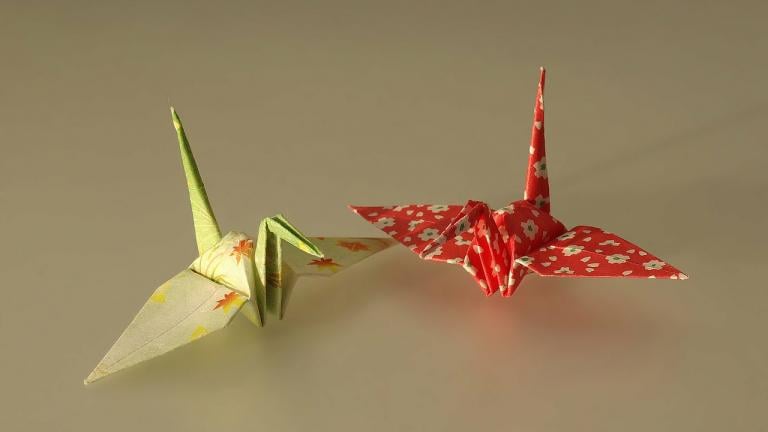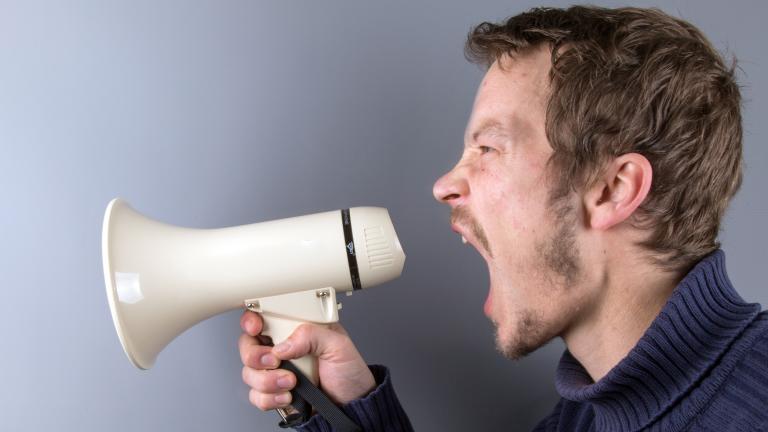A new study suggests ant colonies work like a collective brain to make decisions. How racial discrimination could negatively impact brain structure. A surgical implant that could provide pain relief without drugs. And how a quirk of evolution gave humans our voice.
Rabiah Mayas
A man receives the first pig heart transplant. Astronomers witness a star go supernova. Researchers identify a biomarker of depression. And a goldfish goes for a drive.
Researchers have developed technology that enabled a man unable to speak because of paralysis to communicate by translating his brain waves into text on a computer screen. Rabiah Mayas of the Museum of Science and Industry has details on that story and others making headlines.
Scientists in Australia have identified an enzyme that could help millions of people around the world. Rabiah Mayas of the Museum of Science and Industry discusses that and other science stories making headlines.
Researchers at UIC get over $1 million to develop an early warning system to detect COVID-19 outbreaks. Rabiah Mayas of the Museum of Science and Industry has details on this story and more science news.
Chicago’s cultural institutions are beginning to reopen after shutting their doors in mid-March as the coronavirus spread. What you can expect on your next trip.
From the first-ever image of a black hole to growing concern over climate change, we review some of the year’s top science stories with three of our regular science contributors.
Scientists in Spain have been analyzing so-called super-deep diamonds as a means to learn more about the formation of the Earth itself. Rabiah Mayas tells us more about that and other stories making science headlines.
Could futuristic-looking headware ultimately lead to self-focusing glasses? Rabiah Mayas returns with a roundup of the latest science news.
We discuss the latest science headlines with Rabiah Mayas, associate director of the Science in Society program at Northwestern University.
A Chinese spacecraft enters the moon’s orbit and prepares to be the first to land on its far side. Rabiah Mayas joins us with stories making headlines in the world of science.
A revolutionary new telescope detects a mysterious signal, and why sleeping with the light on could increase your risk for diabetes. Rabiah Mayas joins us with stories making headlines in the world of science.
Rabiah Mayas, one of our favorite explainers of all things scientific, shares some of the latest top science news from Chicago and around the world.
It’s open season for hunters of Canada geese, but the migrating birds have found a novel way to stay out of the firing line: wintering in the city. Rabiah Mayas joins us with that story and more from the world of science.
Rabiah Mayas returns to explain why NASA needs your origami skills and other stories from the world of science.
Rabiah Mayas returns to review some of the latest, breaking stories from the world of science.

